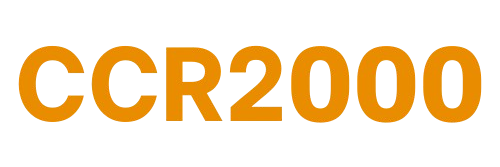Managing debt can often feel overwhelming, especially when multiple accounts with varying interest rates and payment schedules are involved. One of the most effective strategies for regaining control over your finances is to prioritize high-interest debt. By focusing on paying off these debts first, you can save money in the long run and accelerate your journey toward financial freedom.
Understanding High-Interest Debt
High-interest debt typically includes credit cards, personal loans, and certain types of financing that carry higher interest rates compared to other forms of debt, such as mortgages or student loans. The longer you carry these debts, the more you pay in interest, making it crucial to address them promptly.
Why Prioritize High-Interest Debt?
- Cost Savings: The primary reason to focus on high-interest debt is the potential for significant cost savings. For example, if you have a credit card with a 20% APR and another loan with a 5% APR, prioritizing the credit card will reduce the amount of interest you pay over time. This strategy is often referred to as the debt avalanche method, where you make minimum payments on all debts but allocate any extra funds toward the debt with the highest interest rate.
- Improved Cash Flow: By eliminating high-interest debt, you free up more of your monthly budget for savings and other financial goals. This can lead to improved cash flow and reduced financial stress.
- Motivation and Momentum: Paying off high-interest debts can provide a sense of accomplishment that motivates you to tackle other debts. As these accounts decrease, you may feel encouraged to continue your debt repayment journey.
Steps to Prioritize High-Interest Debt
- List Your Debts: Start by creating a comprehensive list of all your debts, including the outstanding balance, interest rate, and minimum monthly payment for each account.
- Identify High-Interest Debts: Highlight or mark the debts with the highest interest rates. These are your priority targets for repayment.
- Create a Budget: Develop a budget that allows you to allocate extra funds toward your high-interest debts while still making minimum payments on other accounts. Look for areas where you can cut back on discretionary spending to free up additional cash.
- Choose a Repayment Strategy: Decide whether you want to use the avalanche method (paying off high-interest debts first) or another approach that suits your financial situation better. If you find that seeing quick results motivates you more, consider starting with smaller balances first (debt snowball method) before tackling higher interest rates.
- Consider Consolidation Options: If managing multiple high-interest debts feels overwhelming, consider consolidating them into a single loan with a lower interest rate. This can simplify payments and potentially save you money on interest.
- Stay Committed: Consistency is key in debt repayment. Make it a habit to review your progress regularly and adjust your budget as necessary to stay on track.
Conclusion
Prioritizing high-interest debt is an essential strategy in effective debt management. By focusing on these accounts first, not only do you minimize the amount of interest paid over time, but you also improve your overall financial health and reduce stress associated with debt. Remember that every small step counts; stay committed to your repayment plan, and you’ll be on your way to achieving financial freedom sooner than you think.By implementing these strategies and maintaining focus on your goals, you can take significant strides toward becoming debt-free while enhancing your financial well-being in the process.



